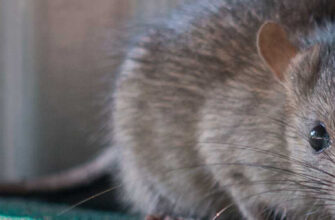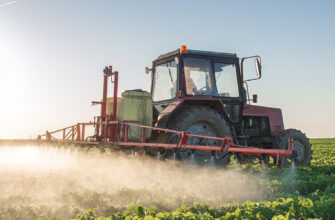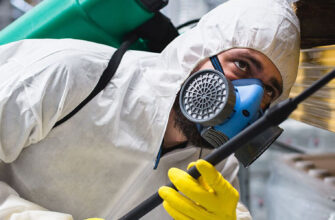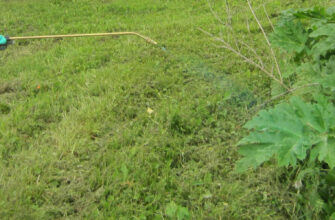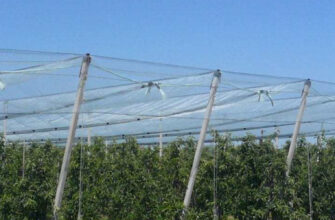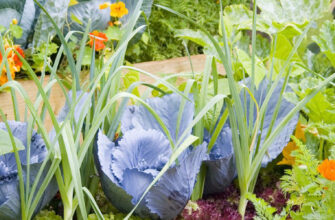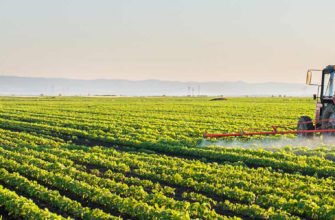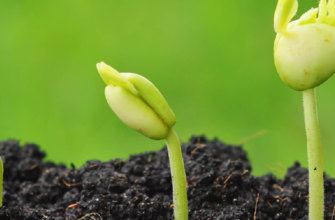Plants, much like children, grow slowly and steadily. Sometimes, we’re eager to give them the utmost care. But with so many plants and so little time and energy, we’re tempted to create a comprehensive agrochemical mix packed with everything we think they need. Then, we’re surprised when leaves develop spots and wonder what disease has struck. That’s why it’s crucial to follow the proper order when mixing crop protection products (CPPs) to avoid harming plants and instead protect and nurture them.
General Information on Compatibility
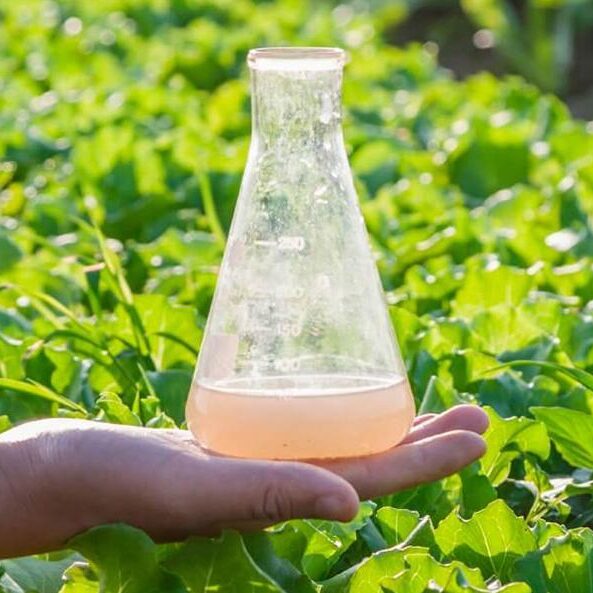
The issue of agrochemical compatibility is one of the most pressing in agriculture. Even large agribusinesses make mistakes, paying the price with reduced yields. This isn’t something to be ashamed of, as numerous factors can affect pesticide compatibility.
When you buy medicine at a pharmacy, you typically focus on the brand name. Some check the active ingredient, but few pay attention to the excipients—the inactive components. Consider an example: Aspirin Cardio contains just one active ingredient, acetylsalicylic acid, a substance we’re familiar with and understand in terms of its effects on the body. However, the tablet also includes other components like cellulose, starch, methyl acrylate copolymer (Type A), sodium lauryl sulfate, polysorbates, talc, and triethyl citrate.
Do you know how these substances affect your body? No need to worry—they’re safe and thoroughly tested. The best pharmacists test these components to create such tablets, but they don’t rush to share the results. The drug’s instructions don’t mention the excipients or their specific functions.
The good news? The instructions often include a section on “Interactions with Other Medications,” which can reveal, for instance, that Aspirin may not work effectively if taken with Ibuprofen. In such cases, the combination can turn the medicine into a poison. That’s worth knowing, right?
Now, let’s turn to the “medicine” for your plants. Labels provide plenty of information about the active ingredient, its toxicity, and its environmental impact. But what about the excipients? Is there a similar guide for their interactions with other pesticides and agrochemicals? Often, there isn’t. It’s no surprise—according to the Chemical Abstracts Service (CAS), there are 160 million known chemical substances, including 68 million proteins and nucleic acid compounds, the basis of life. Naturally, no one has tested the compatibility of every single one.

Let’s move away from pessimism and consider how to improve the situation. Start with the most critical factor: water. It’s no secret that each pesticide requires specific conditions for stable performance. Everyone knows water shouldn’t be too hard and must have the correct pH level.
The first issue is relatively simple to address with a water softener—no calculations needed, just add the right adjuvant. Unfortunately, managing acidity isn’t as straightforward. It’s important to understand that pH changes exponentially. Why does this matter? Because we want an acidifier that adjusts the pH by exactly one unit per dose, but that’s impossible.
There are two main ways to measure the pH of a working solution: an ionometer or litmus paper. Fortunately, some adjuvants today change color based on acidity levels, much like litmus paper.
The second tip is simpler: never apply treatments without monitoring the water temperature. Ideally, the water temperature should match the air temperature.
Below are the key rules for mixing pesticides to combat harmful organisms on plants.
First Rule of Compatibility
Consider the pH of all mixture components. Most pesticides require a slightly acidic environment, including 2,4-D, dicamba, most graminicides, synthetic pyrethroids, organophosphorus compounds, carbendazim, and others. These are best combined with acidic agrochemicals (pH below 6.5), such as products containing “acid” in their name (amino acids, fulvic acids—but not humates—most micronutrient chelates, including EDTA) and acidic salts (magnesium sulfate, zinc sulfate, monopotassium phosphate, calcium nitrate, etc.).
Of course, there are exceptions. Some active ingredients, like sulfonylureas and imi-herbicides, require a neutral or slightly alkaline environment in the presence of sunlight. These can be paired with alkaline-reacting products, though such tank mixes are rarely technologically relevant. Alkaline agrochemicals include potassium humate, liquid nitrogen fertilizers (UAN), most organo-mineral fertilizers, borethanolamine, and many copper and manganese compounds.
Second Rule of Compatibility
Carefully choose not only the components of the mix but also the timing of application. Most fertilizers are best applied in cloudy weather with high humidity, but not during rain. This allows the plant to absorb the fertilizer before the solution dries, which could lead to excessive concentration and leaf burn. In humid conditions, the leaf cuticle swells, improving the penetration of active ingredients. Conversely, some pesticides perform better in high temperatures.
The growth stage of both the crop and weeds is also critical.
Third Rule of Compatibility
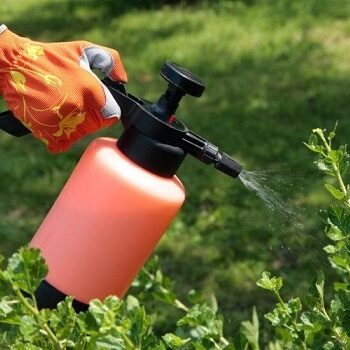
You must clearly understand the purpose of the treatment. Sure, you could apply multiple CPPs simultaneously, adding fertilizers, growth hormones, and anti-stress agents. In many cases, the plant may show no visible burns. But what’s the goal of such a complex mix? Why not opt for ready-made, comprehensive products?
Anti-stress agents also vary in composition. For example, amino acids and growth hormones may work well individually but cause significant stress when combined. It’s better to choose a comprehensive product.
How Can You Truly Reduce the Number of Applications?
The biggest flaw of crop protection products is that they don’t solve your problem—they merely “preserve” it. A herbicide doesn’t eliminate all weeds; new ones will grow after its application. A fungicide doesn’t protect until the end of the season; other diseases will emerge. An insecticide typically targets only one or two pest stages, often leaving eggs untouched, preserving the next generation.
To genuinely reduce sprayer applications, help the plant become self-sufficient. Ensure that by the end of a CPP’s effective period, the plant has reached a stage where it can compete with weeds, resist diseases, or sustain less damage from pests.
Here’s the catch: every treatment stresses the plant. You apply a “poison” to allow the plant to grow normally for a couple of weeks, but it spends much of that time recovering from the treatment itself. That’s why it’s critical to alleviate stress after applying any pesticide. Help the plant restore normal growth and development, and the next treatment may become unnecessary.
The Plant’s “Circulatory System”
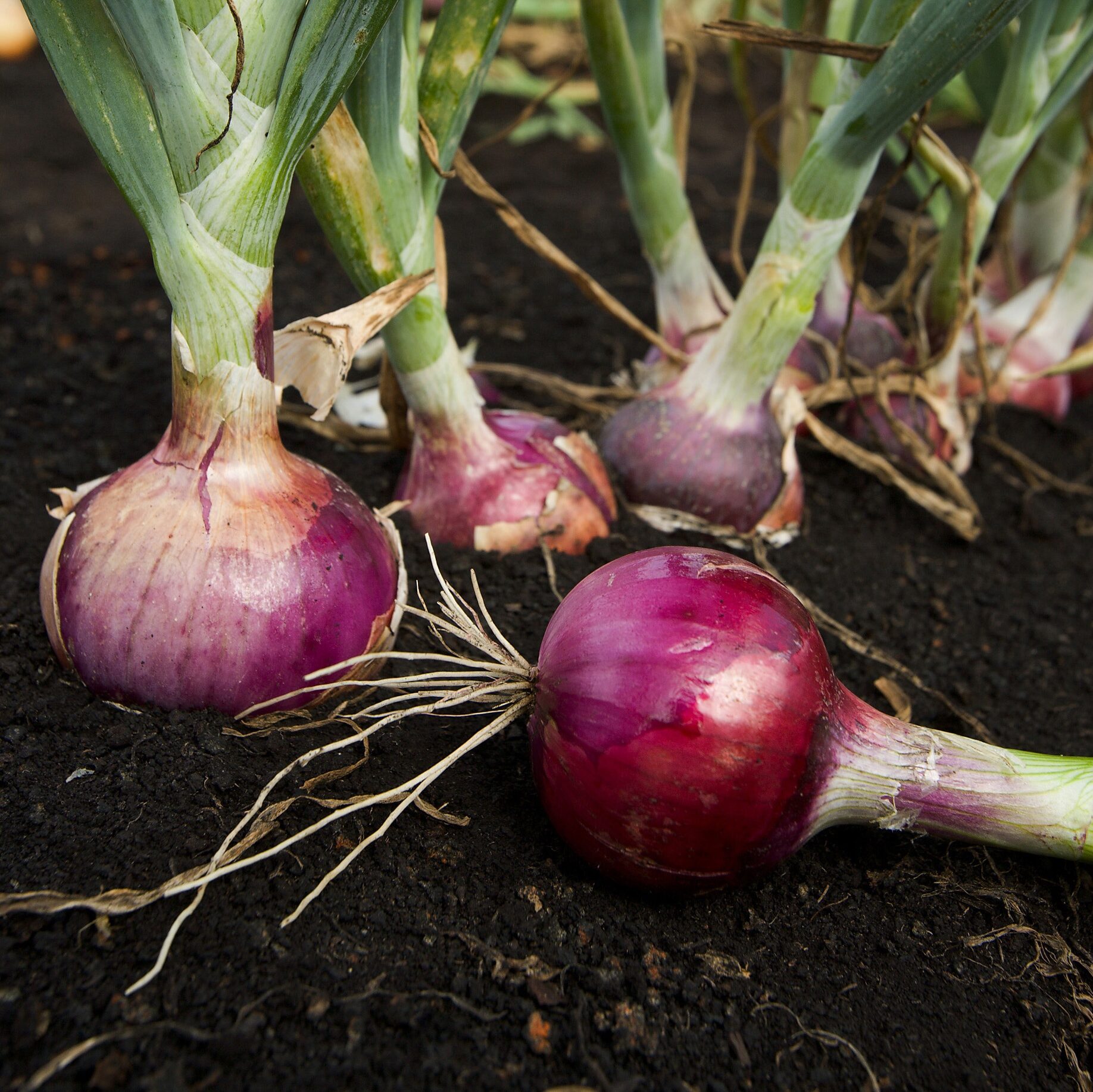
Plants have two “highways” for transporting nutrients and substances, similar to escalators: one moves “cargo” upward, the other downward.
The xylem is the first, responsible for transporting water, macro-, and micronutrients from the roots to the leaves. Plant sap never flows downward through the xylem—only upward.
The second is the phloem, designed to transport nutrients from the leaves to the roots, which can’t photosynthesize to feed themselves. It makes sense: roots supply water and minerals from the soil, while leaves provide energy to the roots and fruits. Along with other organic compounds, the phloem transports amino acids.
An exception is growth hormones, which are always organic but follow their own rules. Cytokinins move toward growth points, while auxins travel downward to the roots.
The takeaway: if the root system is healthy and capable of supplying nutrients, amino acids can relieve stress. If the soil is dry or at a suboptimal temperature, foliar feeding can help the plant survive. Amino acids can be applied via roots or leaves, but nothing replaces water—such treatments only give the plant resources to survive until rain or irrigation.
A pleasant bonus: amino acids act as transporters for fertilizers and CPPs, effectively “pulling” other tank mix components into leaf tissues, enhancing the efficacy of fertilizers and pesticides.
Hormonal products are trickier to apply, requiring deep knowledge of plant physiology. Even doctors, with extensive tests, don’t always know how to use hormonal drugs perfectly for one person. Now imagine applying them to an understudied field.
Timing Is Everything!
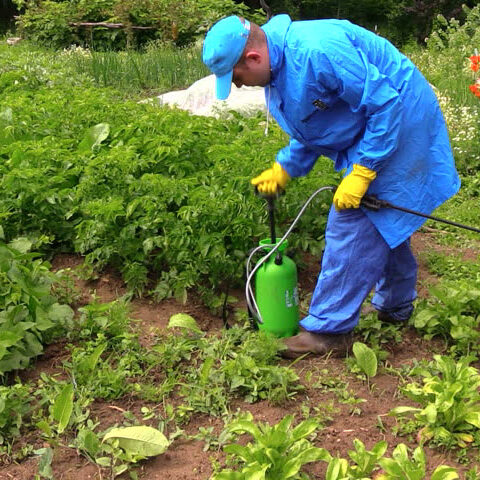
This isn’t the last rule for creating a tank mix, but it’s where I’ll stop. The order of mixing pesticides requires preparing the tank mix just before application. Organic fertilizers and growth stimulants can spoil when diluted with water. Organic solvents in CPPs may evaporate, and active ingredients can degrade.
Moreover, the first step in preparing any working solution is water preparation. Softeners, acidifiers, and other water conditioners should ideally be added first. It’s best to prepare water in a separate container.
Keep in mind that treatment safety depends on many factors. Risks are higher with generic pesticides, cheap fertilizers made from technical raw materials, or combinations of hormonal products from different companies. No manufacturer can definitively answer, “Is your product compatible with…?” because there are thousands of agrochemicals and hundreds of factors affecting their compatibility. No one has tested them all. So, be cautious, and your plants will thank you for it!
If you have found a spelling error, please, notify us by selecting that text and pressing Ctrl+Enter.

